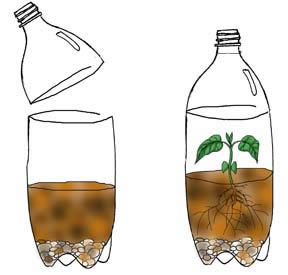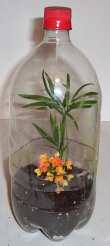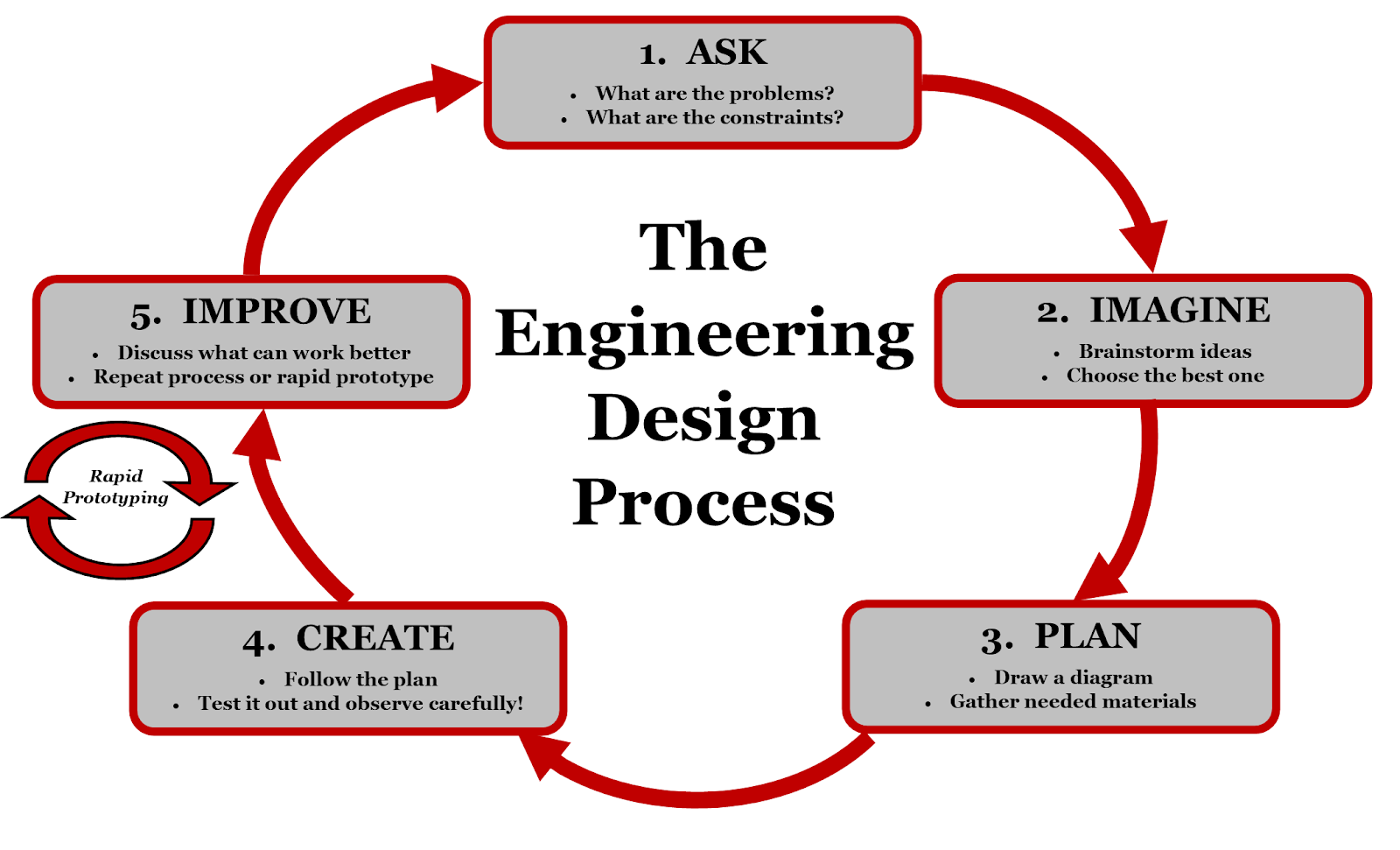- Author:
- Carrie Robledo
- Subject:
- Science, Biology
- Material Type:
- Activity/Lab
- Level:
- High School
- Tags:
- License:
- Creative Commons Attribution Non-Commercial
- Language:
- English
Education Standards
Ecology - Pre_Post Questions
Biology - Ecology in Action

Overview
Students will create a sustainable ecosystem and observe the process of carbon cycling and photosynthesis using time lapse cameras. |
Instructor Directions
| Ecology in Action |
Project Description | |
| Name of Project | Ecology in Action - Creating a Terrarium Ecosystem |
| Subject Area | Science |
| Standards | Bio 2.1.1; Bio 4.2.1; |
| Driving Question / Problem / Activator | Investigate the carbon cycle as it relates to photosynthesis, cellular respiration, decomposition and climate change |
| Project Summary | Students will create a sustainable ecosystem and observe the process of carbon cycling and photosynthesis using time lapse cameras. |
| Estimated Time | Creation of ecosystem - 60 minutesObservation of system - 10 minutes dailyFinal presentation preparation - 180 minutesPresentation to class - 120 minutes |
| Materials / Resources/Lesson Plans (including link to slideshow if available) Lesson plan | The link below is the lesson outline with extensions and rubric. https://docs.google.com/document/d/1QA29wQI-rzXzArx72CLUQZcvhJmkdfbP4Nvd75VqKF4/editMaterials Seed Packets2 Liter bottles TapePermanent markersSoil mixturespH papersWaterGo Pro or other camera to document growth within ecosystemChromebook or other for students to create final productDay 1 - Students build their terrarium and plant the seedsDay 2 - Students use 10-15 minutes at the beginning or end of the class to decide how often to check the terrarium, to rotate the terrarium and to build the data table for observations.Day 3 and each day until Day 30 - students use 10-15 minutes a the beginning or end of class to check their terrarium for any changes, record results and observations and rotate as neededDay 30 -31- Students begin putting their presentation togetherDay 32 - Students put the final slides together with resource slideDay 33 - Students present their terrarium and research - presentations should be 5 to 10 minutes each.Day 34 - Finish student presentations - depending on size of the class and number in each group - presentations may only take one day. |
| Tags | |
Project Outline | |
| Ask | How does the process of photosynthesis and carbon cycling aid in the sustainability of an ecosystem? |
| Imagine | Imagine the Earth as one big bubble. If the bubble bursts, will we survive? Can we remove one aspect of the bubble and still survive? (great opportunity for a class debate) |
| Plan | You and a partner(s) will plan and build a terrarium using seeds, soil, rocks and water to create a sustainable ecosystem. You will select two different types of seeds, investigate the ecosystem they live in and build your terrarium to meet those needs. You will observe over the next few weeks the changes to your terrarium and document the results in the chart created by you and your partner. |
| Create | A terrarium to demonstrate how an ecosystem is self sustaining. |
| Improve | Results - what worked, what would you change to make your ecosystem work better? |
| Closure / Student Reflections | Present your terrarium, ecosystem of the plants and your results to the class - reflection slide answering questions from the project. |
| Possible Modifications / Extensions | Extensions could include comparing data across groups with similar plants.The project guidelines lists several extension opportunities depending on time and class level. |
Evaluation (Pre/Post)
Pre/Post questions are the from 2019 NC Released Test Questions
-answers are in bold
https://docs.google.com/document/d/1V1fZ1EEtRu05a6C-Ja9FyuGv2WGfhKmRwuQy14j5ras/edit
Credits or Modified From - Constructing an Ecological Terrarium
Additional Resources / Help for teaching this lesson
Begin with notes on what ecology is - make sure to go over vocabulary
Presentation on biomes which discuss temperature and climate of areas
Sample Pictures / Video
 |  |
 |
Teacher Comments of what worked / did not work well
Time is key for this project. You can make it as long or short as you need for your schedule but understand if you are using seeds, they germinate at different times so please take that into consideration. Students observing their projects should not take more than 10-15 minutes at the beginning or end of the class period. That is time to observe, measure and write down the results in their notes.
